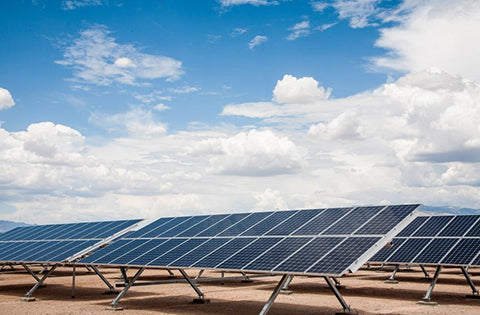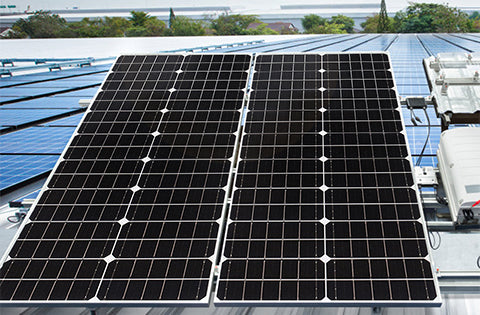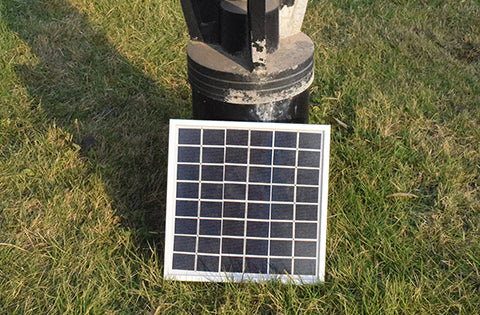Generally speaking, the service life of solar panels is positively related to materials, that is, the service life is directly linked to materials, and the length of service life depends on the choice of materials. Generally speaking, the service life of solar panels is determined by the materials of cells, tempered glass, EVA, TPT, etc. Selecting products with good brand quality and guaranteed service, the service life of solar panels can reach 25 years. But with the impact of the environment, the materials of solar panels will age with the change of time. Generally, the power will be reduced by 30% after 20 years and 70% after 25 years.
In terms of service life, silicon materials are mostly used in the market at present, which can be divided into monocrystalline silicon and polycrystalline silicon according to different purity. Monocrystalline silicon is generally packaged with tempered glass and waterproof resin, so it is robust and durable, and its service life is generally up to 15 years. Compared with polycrystalline silicon, its service life is longer, with a maximum service life of more than 25 years, but the corresponding cost is relatively high, followed by polycrystalline silicon.
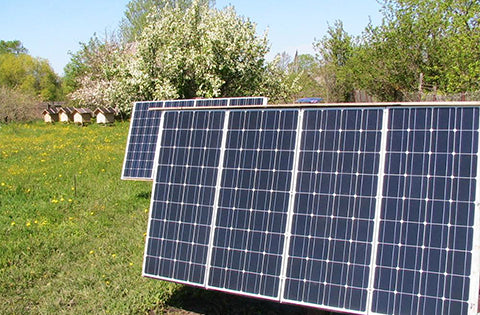
In addition, amorphous silicon solar cells perform well, but are not stable enough. With the extension of time, their conversion efficiency declines. Followed by thin-film solar panels, the photoelectric conversion efficiency is the highest, up to 18%, but the cost is also the highest, which is several times that of silicon, so the use area is relatively narrow. To sum up, in terms of service life alone, the service life of monocrystalline silicon is undoubtedly the longest, followed by polycrystalline silicon batteries, amorphous silicon batteries, and finally thin-film batteries.
In terms of materials, both monocrystalline silicon and polycrystalline silicon come from the extraction of silicon, but due to different purification standards and added materials, their properties are also different, resulting in obvious differences in efficiency, life and cost. Amorphous silicon solar cells and multi-component compound solar cells are other different types and species of cells, and the silicon materials are only used as auxiliary.
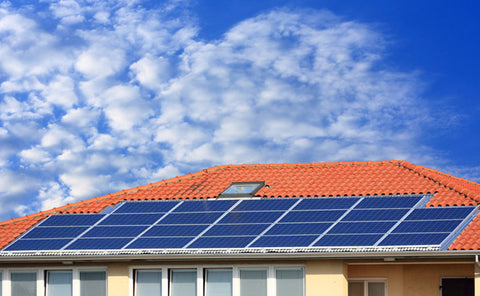
The manufacturing methods of amorphous silicon solar cells are different from those of monocrystalline silicon and polycrystalline silicon. The process is simpler, the consumption of silicon materials is less, and the power consumption is lower, but this material is not stable enough. With the extension of time, the conversion efficiency of its finished products declines significantly. Multicomponent compound solar cells use semiconductor materials with gradient band gap (energy level difference between conduction band and valence band). There are many kinds of research in various countries, and most of them have not been industrialized. It can expand the range of solar absorption spectrum and improve the efficiency of photoelectric conversion, but the cost is not generally high.
Keep following our official website to learn more knowledge of solar panels:
Phone: +86-13923729619 Fax: +86-755-28720791
WhatsApp: +86-13923729619 Wechat: 13510027129
Email address: Philip@isolarparts.com
Homepage: www.isolarparts.com
